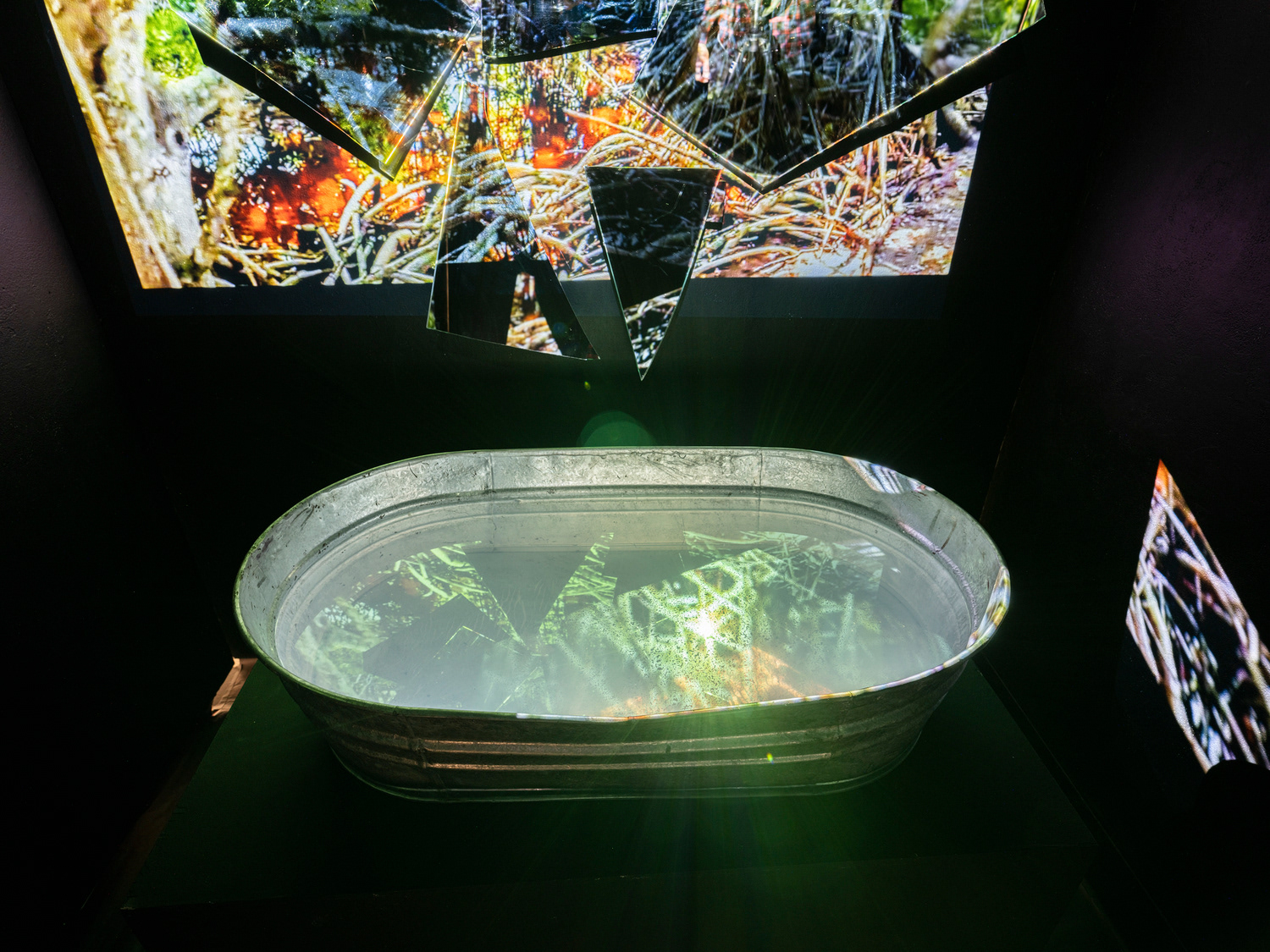My work primarily deals with themes around identity, exploring the construction of gender and gender roles; national identity; and identity politics. My pieces tend to question social constructions of reality through staging and embodying while aiming to illustrate concepts that often don't have a visual identity attached to them. In @DanceyDanceBoy, I turn my attention to the performance of maleness and the construction of nationalized gender performances.
As someone who is both an immigrant and a person whose social identifiers closely resemble the American hegemonic cis male ideal, I have often found myself passing as American and navigating environments which I may not otherwise have access to. With my ethnicity not clearly visible to others, I have found that people often assume my Americanness, leading to intense feelings of internal social dysphoria as I exist in an interim space between how I perceive myself and how others perceive me. The result of passing as an identity that is not mine is the comparison to the young American male ideal, a figure I call the "Good American Boy." The Good American Boy always enters the room when I do; expectations of American masculinity get placed on me, because there's nothing about me that says American masculinity does not belong to him. And yet, my identity as a queer immigrant makes the Good American Boy an impossible figure as I transgress the Good American ideals. He's a figure I can pass for, that I am assumed to be related to, but that is fundamentally never going to be me.
Fascinated by him, I wondered what creates the Good American Boy? What social identifiers, traits, and trends make this figure exist? I turn to Judith Butler's performativity theory, which states that gender is a collection of small, unconscious, rehearsed performances. I wonder what happens when I rehearse someone else's rehearsed performances? What does it mean for someone's gendered act to be replicated? Can I achieve another person's gender, or even broader identity, through the replication of their performance?
My project utilizes TikTok as a stage for these gendered performances. The app itself promotes copied performances, where a dance, a lipsync, a thirst trap is replicated over and over by thousands of men. These collective performances of thousands of men create a figure, an ideal, a blueprint to perform against: the Good American Boy. And so, if I replicate their performances, can I recreate American maleness? Or does my performance of an identity that I am excluded from instead reveal the seams which line the Good American Boy? The little absurdities of gender are suddenly exposed through a performance which I can never get completely right.
I construct a performance relying on camp aesthetics and same-gender drag culture to transform myself into the Good American Boy. The drag exaggerates and reveals the ridiculousness of maleness and Americanness, concepts stitched together precariously with invisible stitches. And I perform a collection of sounds from TikTok, mimicking the gendered performances of all the men that did the dance before me. If I don't stop, if I get every move correctly, if my sweat attests to my devotion, can I be the Good American Boy that I see in everyone's eyes? No, but perhaps I can show you those invisible seams.
Livestream footage of @DanceyDanceBoy from April 22, 2022.
To read a conversation between myself and fellow artist Isabel Liang going more at length about the conceptual research behind @DanceyDanceBoy, download @DanceyDanceBoy: A Conversation
@DanceyDanceBoy was exhibited from April 22, 2022 through April 27, 2022 at "Look Both Ways Before Crossing": Undergraduate Fine Arts Thesis Exhibition at Addams Gallery, University of Pennsylvania.
The piece was performed live on April 22, April 23, and April 26, 2022. Parts of the performance were also livestreamed over Instagram. A recording was displayed in the gallery whenever the piece was not being performed live.

